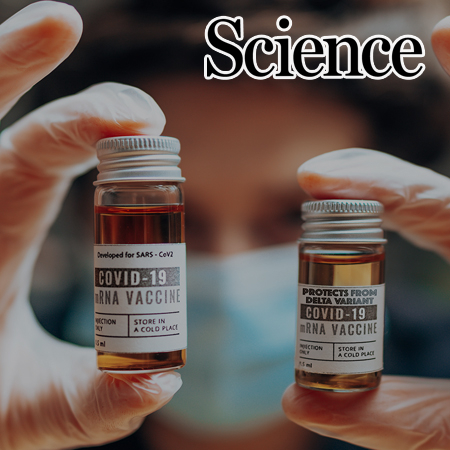Research Research Highlights
Research Highlights
Research Highlights
Research Highlights
Research Highlights 미리보기
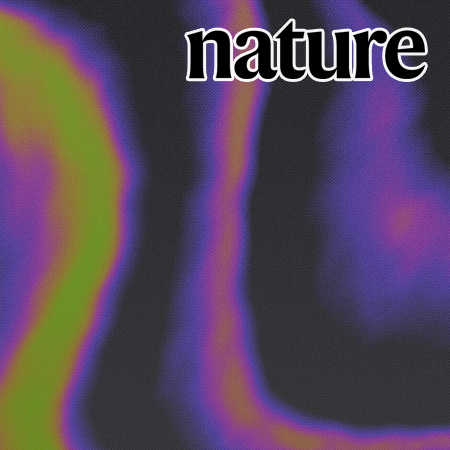
Atomic lift-off of epitaxial membranes for cooling-free infrared detection
Prof. Celesta S. Chang
Professor Celesta S. Chang's research team from the Department of Physics and Astronomy has developed an 'Atomic Lift-Off' technique that enables the production of ultrathin, freestanding perovskite oxide membranes—paving the way for high-performance, cooling-free infrared sensors.
Research Highlights Board
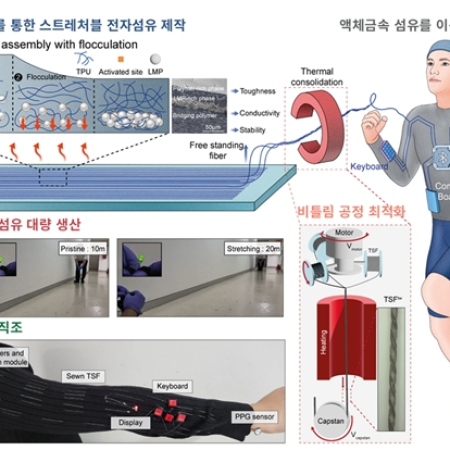
Heterostructure Printing for Mass Production of High-Toughness Fiber Electrodes in Intelligent Digital Apparel
Prof. Seongjun Park
Professor Seongjun Park's research team from the School of Transdisciplinary Innovations and Collge of Medicine at SNU has developed meter-scale (~50 m) tough, stretchable conductive fibers by printing liquid metal in a thermoplastic matrix, enabling smart apparel, healthcare wearables, and digital controls.
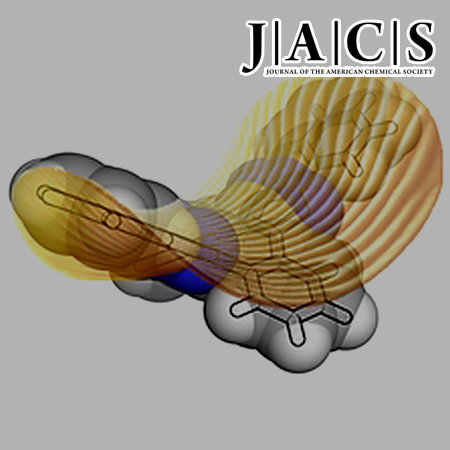
Click To Stack: Shape-Assisted Self-Assembly of Unflattened Macrocycles into Waveguiding Elastic Crystals
Prof. Dongwhan Lee
Professor Dongwhan Lee’s research group in the Department of Chemistry at SNU has succeeded in developing elastic, waveguiding organic crystals via a click-to-stack strategy to produce saddle-shaped molecules, highlighting molecular shape as a key design element.
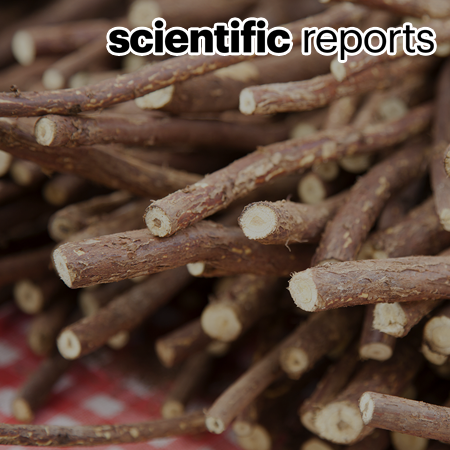
Contributions of interspecific hybrids to genetic variability in Glycyrrhiza uralensis and G. glabra
Prof. Tae-Jin Yang
Prof. Tae-Jin Yang’s team at Seoul National University assembled a high-quality genome of 〈i〉Glycyrrhiza uralensis〈/i〉 and revealed the hybrid origin and evolutionary history of licorice species through genome-wide analysis of 29 individuals.
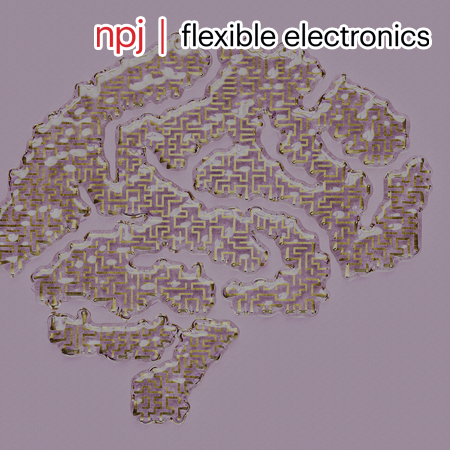
Hexagonal Metal Complex Based Mechanically Robust Transparent Ultrathin Gold µECoG for Electro-Optical Neural Interfaces
Prof. Hongki Kang
Professor Hongki Kang's research team at Seoul National University College of Medicine has developed a technique to fabricate ultra-thin gold (Au) electrodes—approximately 8 nanometers thick—using a biocompatible material, thereby rendering previously opaque electrodes transparent.

Professor Kiyun Yu's Research Team at SNU Develops Multilingual E-Book Platform to Bring Korean Books to Global Readers Like Netflix Dramas
Prof Kiyun Yu
Seoul National University College of Engineering announced that Professor Kiyun Yu's research team from the Program of Smart City Engineering has developed an e-book platform that automatically translates books by Korean authors into 13 different languages for global readers—similar to how Netflix delivers dramas and films worldwide.

SNU-CMU Joint Research Team Develops AI Technology for Career Exploration Through Conversations with Future Self
SNU-CMU Joint Research Team
Seoul National University College of Engineering announced that a joint research team from SNU and Carnegie Mellon University (CMU) has developed a human-centered artificial intelligence (AI) technology that enables young adults to explore career paths through conversations or letter exchanges with their "future selves."

Professor U Kang’s Research Team at SNU Develops AI Technology Enabling High-Performance Lightweight Deep Learning Models Without Training Data
Prof. U Kang
Seoul National University College of Engineering announced that Professor U Kang from the Department of Computer Science and Engineering has developed an innovative artificial intelligence (AI) technology that allows for the compression of deep learning models without a significant drop in performance, even in situations where training data cannot be used due to privacy or security concerns.

Addressing overfitting bias due to sample overlap in polygenic risk scoring
Prof. Seunggeun Lee
Professor Seunggeun Lee’s team from the GSDS at SNU developed the Overlap-Adjusted Polygenic Risk Score (OA-PRS) to correct sample overlap bias in Alzheimer’s PRS data, enabling full dataset use without the risk of overfitting.
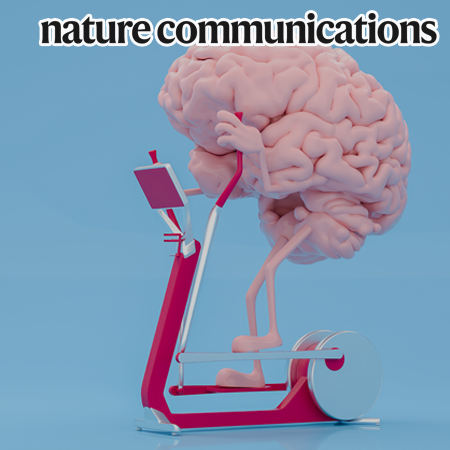
Long-term physical exercise facilitates putative glymphatic and meningeal lymphatic vessel flow in humans
Prof. Seung Hong Choi and Yukyoum Kim
A research team co-led by Professor Seung Hong Choi (School of Transdisciplinary Innovations) and Professor Yukyoum Kim (Department of Physical Education) has found that long-term regular exercise enhances both the glymphatic system—a key pathway for clearing waste from the brain—and the function of meningeal lymphatic vessels.
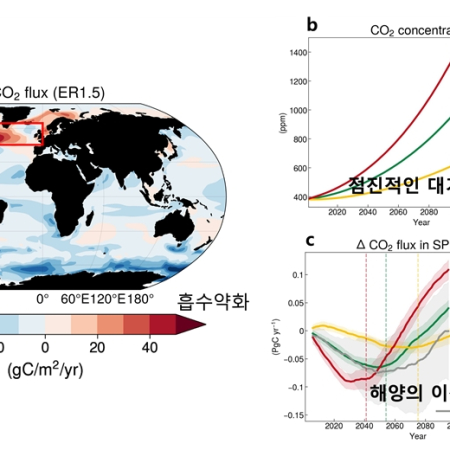
Emergence of an oceanic CO2 uptake hole under global warming
Prof. Jong-Seong Kug
A research team led by Professor Jong-Seong Kug from School of Earth and Environmental Sciences observed in the North Atlantic, once a certain threshold is crossed, the carbon absorption capacity drastically weakens even in the context of gradual climate change.
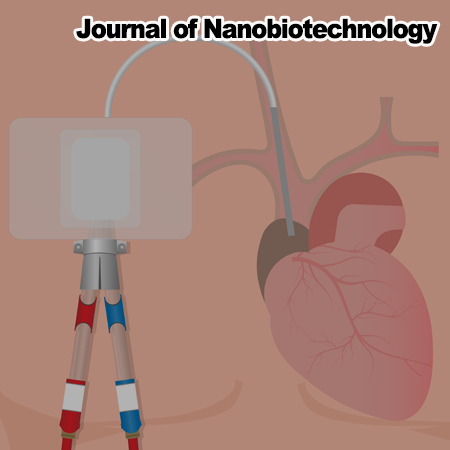
Professor Sung Jae Kim’s Research Team at SNU Develops Portable Artificial Kidney, Paving the Way for Innovation in Kidney Failure Treatment
Prof. Sung Jae Kim
Professor Sung-jae Kim's joint research team from the Department of Electrical and Computer Engineering announced they have developed a small-sized peritoneal dialysis device that can be used as a portable artificial kidney.


